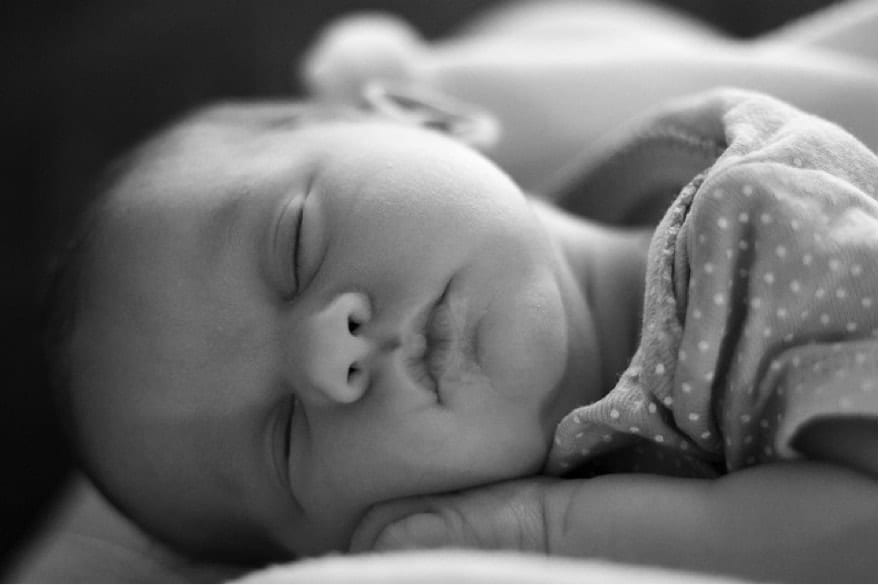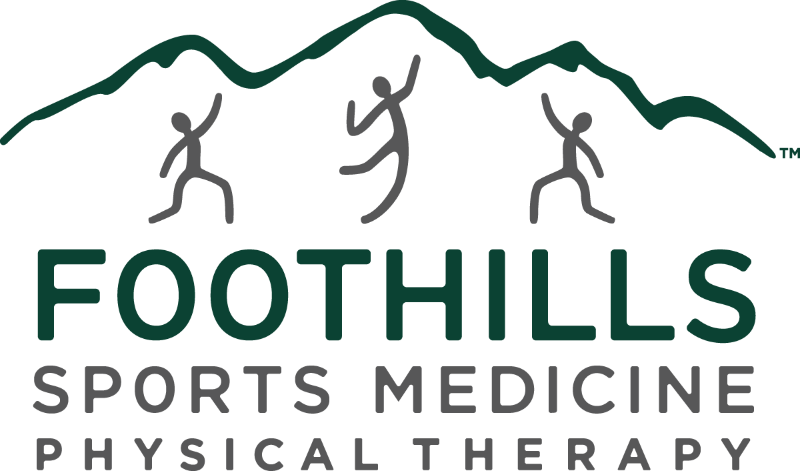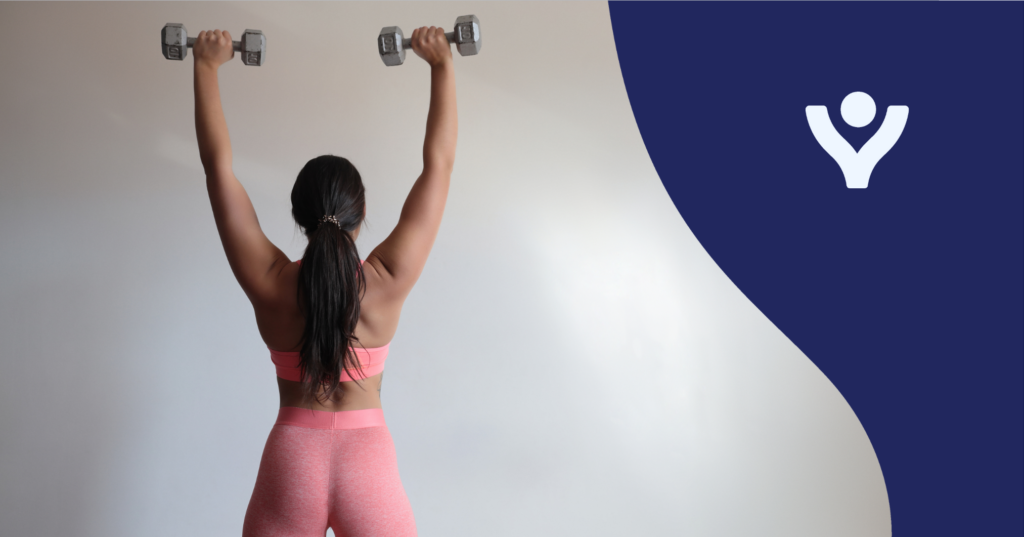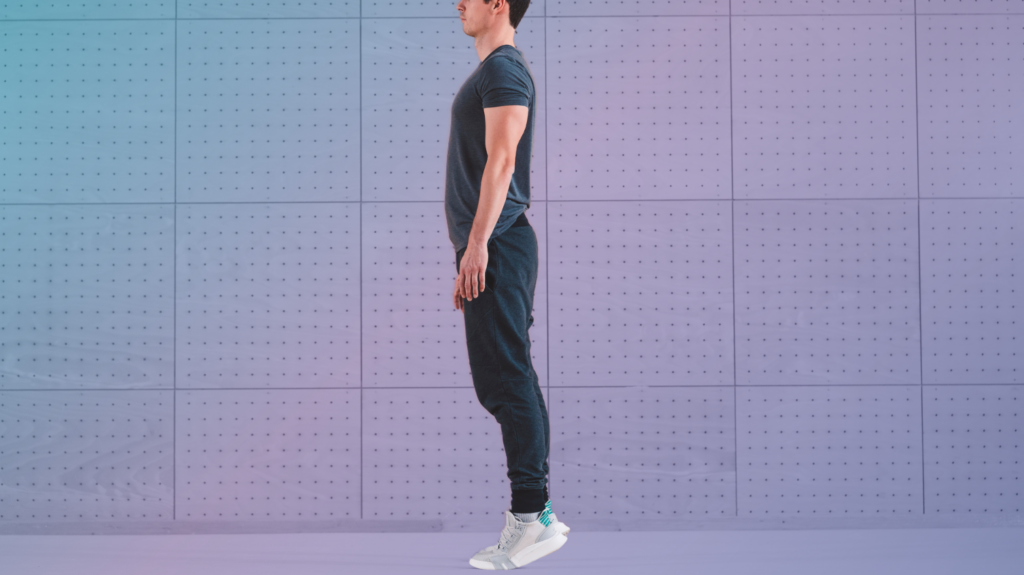Foothills Sports Medicine Physical Therapy clinics provide hands-on, individualized physical therapy for patients of all ages. Make an appointment online here to schedule a free assessment for you or your child at any one of our 21 locations. To find out more about physical therapy techniques and our therapists, check out our expert blog.
Renae Gruver has a doctorate in physical therapy and is a dedicated mother who is developing the pediatric program at our South Gilbert physical therapy clinic. She has extensive experience treating patients of all ages. In this article she explains what torticollis is, how it can affect infants, and how physical therapists can treat it.
Torticollis is a very common occurrence in infants and is defined as an asymmetrical posturing of the head and neck, meaning the infant’s head is held more to one side, leading to imbalances. There can be non-muscular causes of this such as ocular disorders or cervical spine anomalies, but the most common reason is congenital muscular torticollis (CMT). The cause of CMT is generally unknown; it could possibly result from crowding in the uterus, abnormal positioning of the fetus (including breech), prematurity, birth trauma, or compression of veins. Although the direct cause is commonly unknown, treatment of the disorder with physical therapy is widely successful.
CMT is most closely associated with the sternocleidomastoid muscle (SCM), a muscle that runs from the mastoid process (located behind the ear) down the neck to the sternum and clavicle (collarbone). A SCM is located on both sides of the neck, so when working alone it can rotate or move the head laterally to the side. When working together, the SCMs flex the neck and extend the head. If one of the SCMs is shortened or weak, it will lead to what is known as “the tilt”, which is when a baby has a tilted head or difficulty turning to one side. This can easily cause asymmetry of movement.
Asymmetry in movement and head shape in a newborn is normal, and preference to turn the head to one side is also expected. However, if the infant does not tolerate their head being rotated to the opposite side, or is even unable to move to the opposite side, it is a cause for concern. Between the ages of 3-4 months, the child should be able to hold their head up in prone position (on their tummy) for short periods of time without a “tilt”, and be able to look for a toy in both directions. By this age, the child’s visual system drives movement, so if the child is unable to look in both directions, symmetrical development is compromised. For example, if the child isn’t looking toward the left while on their stomach, they aren’t shifting weight toward the left and thus not strengthening the left shoulder and left side of the body. Similarly, in supine positon (on their back), if they are only looking at, reaching to, and playing with objects on the right side, only one oblique chain (outer abdomen) is being used. The baby may roll only one way, or will compensate by using the extensors (arms) to roll their body, not the obliques.
Pediatric physical therapists trained in development can assist parents in recognizing asymmetrical skills such as rolling and any decease in range of motion (ROM) leading to these issues. An assessment should be performed to determine the child’s neck muscles’ length and strength. It is best to assess the child’s ROM actively at first and then attempt to move the child into end range. If ROM is assessed too forcefully, you might feel a false sense of tightness because the child is resisting the motion. If recognized at a young age, more often than not, ROM of the neck is only slightly limited and the cause for asymmetry is weakness and a learned pattern of movement. Changing small things throughout the day in the way that the child is carried and positioned will make a significant difference. Also assisting the child in rotating or shifting weight towards the opposite side during play will improve development of symmetrical skills, such as rolling and reaching for toys.
Other diagnoses that are commonly associated with torticollis are GERD (acid reflux) and hip dysplasia, again due to asymmetrical positioning. Plagiocephaly is another common concurrent diagnosis, and it means the child’s head is flat on one side. If plagiocephaly is never addressed, in severe cases it may lead to ear infections, migraines, temporomandibular joint dysfunction (TMJ), vision problems, developmental delays, and scoliosis. Again, this is very common and treatment is widely successful. Plagiocephaly can be addressed with a cranial orthotic and/or with positioning learned from your doctor or physical therapist.
If therapy and follow-through at home do not seem to be improving the child’s symptoms, it is recommended that the other causes for torticollis be explored to rule out vision disorders, bony abnormalities or other muscular pathologies.
Could Your Infant Have Torticollis?




